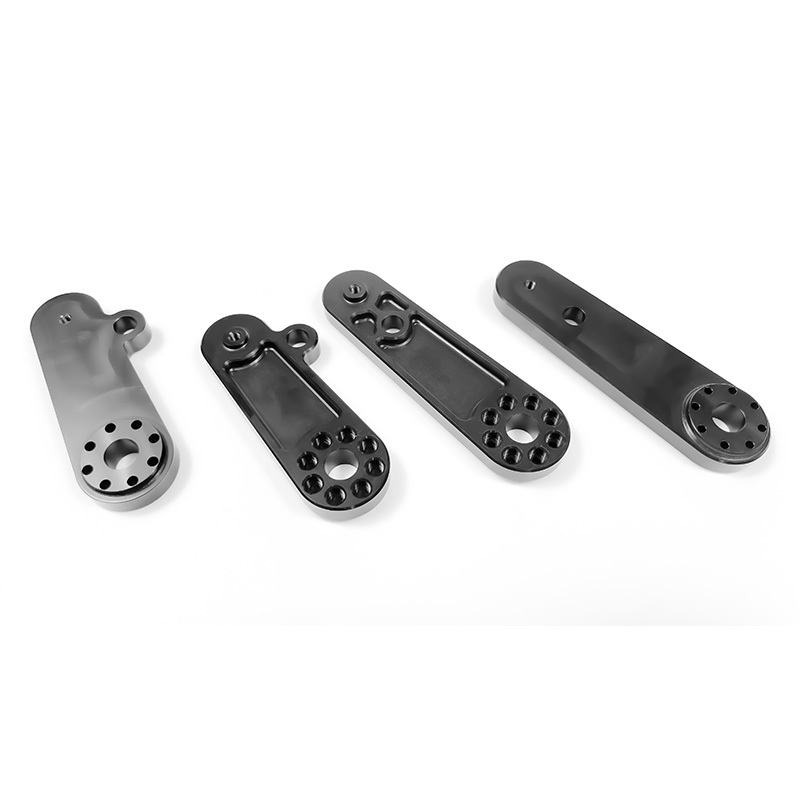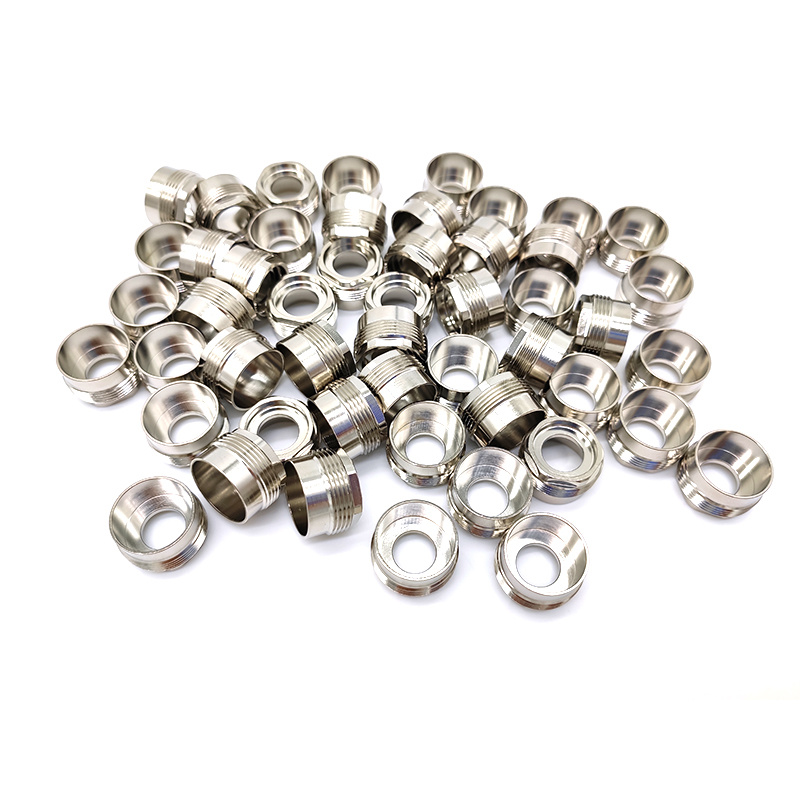The Synergy Between Design and Low Volume Injection Molding: Optimizing Production for Success
Time:
2025-05-20 09:20
Source:
The Synergy Between Design and Low Volume Injection Molding
Introduction to Low Volume Injection Molding
Low volume injection molding stands at the intersection of efficiency and precision in manufacturing. With its capability to produce smaller batches of high-quality parts, it serves as a vital solution for businesses seeking to innovate without the typical constraints of large-scale production. By understanding the synergy between design and this manufacturing process, we can unlock new potentials for product development and market entry.
Understanding Low Volume Injection Molding
Low volume injection molding refers to the production of a limited quantity of plastic parts using injection molding techniques. Typically, this method is employed for prototyping, small runs of specialized products, or when testing market viability before committing to larger production volumes.
Key Characteristics of Low Volume Injection Molding
1. **Cost-Effectiveness**: Unlike traditional mass production, low volume injection molding minimizes initial setup costs while allowing for design flexibility.
2. **Rapid Prototyping**: Designers can quickly iterate on product designs, making adjustments based on feedback without incurring significant retooling costs.
3. **Material Versatility**: A wide variety of thermoplastics can be used, enabling the production of components with distinct properties tailored to specific applications.
Why Design Matters in Injection Molding
The role of design cannot be overstated in low volume injection molding. Effective product design directly influences manufacturability, cost, and the performance of the final product.
Design for Manufacturability (DFM)
DFM principles guide designers to create products that are easier and more cost-effective to manufacture. By considering how a part will be made during the design phase, manufacturers can avoid costly modifications later.
Optimizing Design for Injection Molding
1. **Draft Angles**: Incorporating appropriate draft angles facilitates easier part removal from molds, reducing wear and tear on the molds.
2. **Uniform Wall Thickness**: Designing parts with consistent wall thickness minimizes warping and ensures even cooling, leading to higher quality parts.
3. **Complex Features**: Designing complex geometries may require advanced tooling solutions but can achieve greater functionality and aesthetic appeal.
Integrating Design with Low Volume Injection Molding
The integration of innovative design practices with low volume injection molding can streamline production and improve product efficacy.
Collaboration Between Designers and Engineers
Early collaboration between designers and engineers is essential. This teamwork ensures that design concepts align with engineering capabilities, leading to enhanced manufacturability and performance.
Utilizing Advanced Software Tools
Modern design software offers simulation capabilities, allowing designers to visualize and test their concepts before physical production. This can significantly reduce the number of revisions and ensure a smoother transition to the production phase.
Benefits of Synergizing Design and Low Volume Injection Molding
By effectively merging design principles with low volume injection molding, businesses can reap numerous benefits.
Enhanced Product Quality
With a focused design approach, the overall quality of the manufactured parts improves. Designers can create products that meet precise specifications, leading to fewer defects and higher customer satisfaction.
Reduced Time to Market
The rapid prototyping capabilities of low volume injection molding allow for quicker testing and refinement of product designs. This accelerated process means that products can reach the market faster, giving brands a competitive edge.
Cost Savings and Efficient Resource Allocation
The combination of thoughtful design and low volume production reduces waste and optimizes resource use. Companies can allocate funds more strategically, investing in research and development rather than excess production capacity.
Best Practices for Design and Low Volume Injection Molding Collaboration
Implementing best practices can enhance the collaborative process between design and low volume injection molding.
Conducting Feasibility Studies
Before finalizing designs, conducting feasibility studies can identify potential manufacturing challenges. This proactive approach allows teams to address issues early, saving time and resources.
Iterative Testing and Feedback Loops
Designs should go through multiple iterations based on feedback from testing prototypes. Continuous improvement leads to optimal designs that meet customer needs and expectations.
Engaging Multidisciplinary Teams
Involving a diverse range of professionals in the design and manufacturing process, including marketers, engineers, and designers, leads to well-rounded solutions that address various aspects of product development.
Challenges in Merging Design and Low Volume Injection Molding
While the benefits are substantial, there are challenges that companies may encounter in this synergy.
Cost Control and Budget Constraints
Maintaining cost control while pursuing innovative designs can be challenging. Companies must balance the desire for cutting-edge products with the need to stay within budget.
Maintaining Design Integrity During Production
As designs transition to production, maintaining the integrity of the original concept can be difficult. Close communication between designers and manufacturers is vital to ensure the final product aligns with initial visions.
Future Trends in Design and Low Volume Injection Molding
The landscape of low volume injection molding is continuously evolving. The following trends are shaping the future of design and manufacturing.
Increased Automation
The rise of automation in production processes is streamlining operations. Automated systems can enhance precision and efficiency, allowing for quicker turnaround times.
Sustainability and Eco-Friendly Practices
As sustainability becomes a priority for consumers and businesses alike, focusing on eco-friendly materials in low volume injection molding will be crucial. Designers will need to consider the environmental impact of their choices.
Conclusion
The synergy between design and low volume injection molding presents vast opportunities for innovation in manufacturing. By adhering to best practices, embracing collaboration, and staying aware of industry trends, businesses can enhance product quality, reduce time to market, and optimize resource allocation. As the manufacturing landscape continues to evolve, leveraging this synergy will be key to achieving long-term success.
FAQs
1. What is low volume injection molding?
Low volume injection molding is a manufacturing process used to produce smaller quantities of plastic parts, often for prototyping or specialty products.
2. How does design influence the injection molding process?
Good design can enhance manufacturability, reduce costs, and improve the quality of the final product by addressing factors like wall thickness and draft angles.
3. What are the benefits of integrating design with low volume injection molding?
Integrating design with low volume injection molding can lead to enhanced product quality, reduced time to market, and cost savings.
4. What challenges might arise while merging design and production?
Challenges can include maintaining cost control, preserving design integrity during production, and navigating budget constraints.
5. How can companies ensure successful collaboration between design and engineering teams?
Companies can conduct feasibility studies, engage multidisciplinary teams, and implement iterative testing to foster successful collaboration.
low volume injection molding
Related news
2024-11-15
2025-05-23








